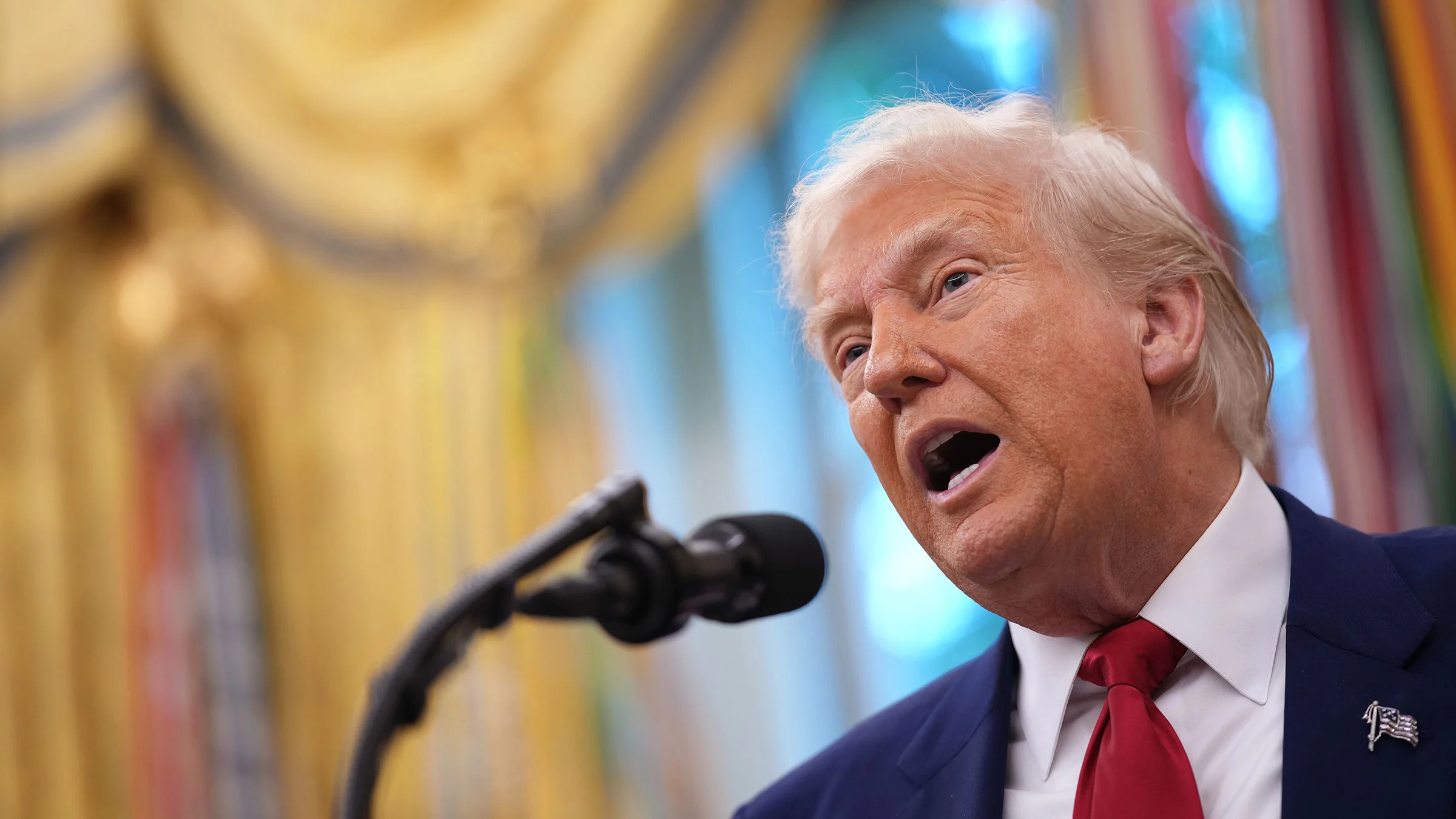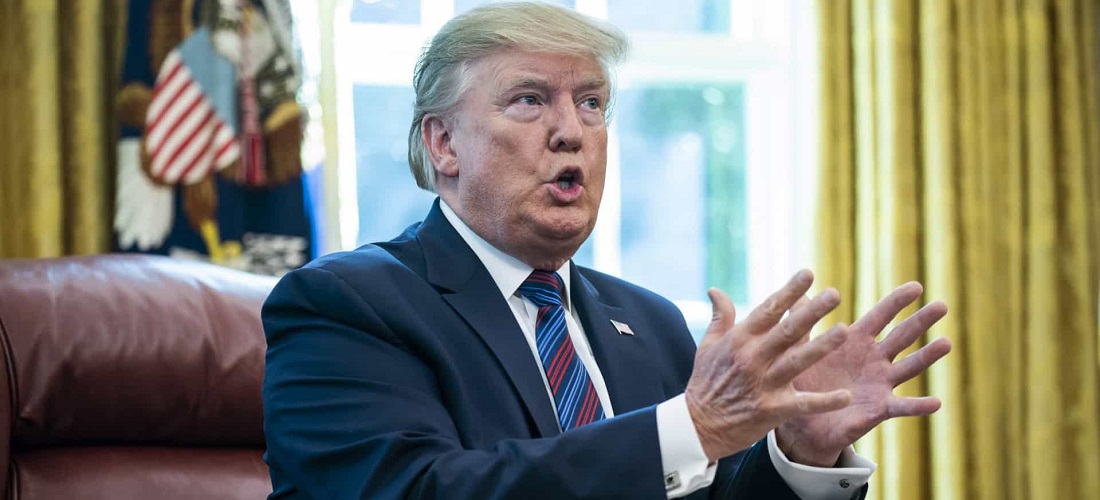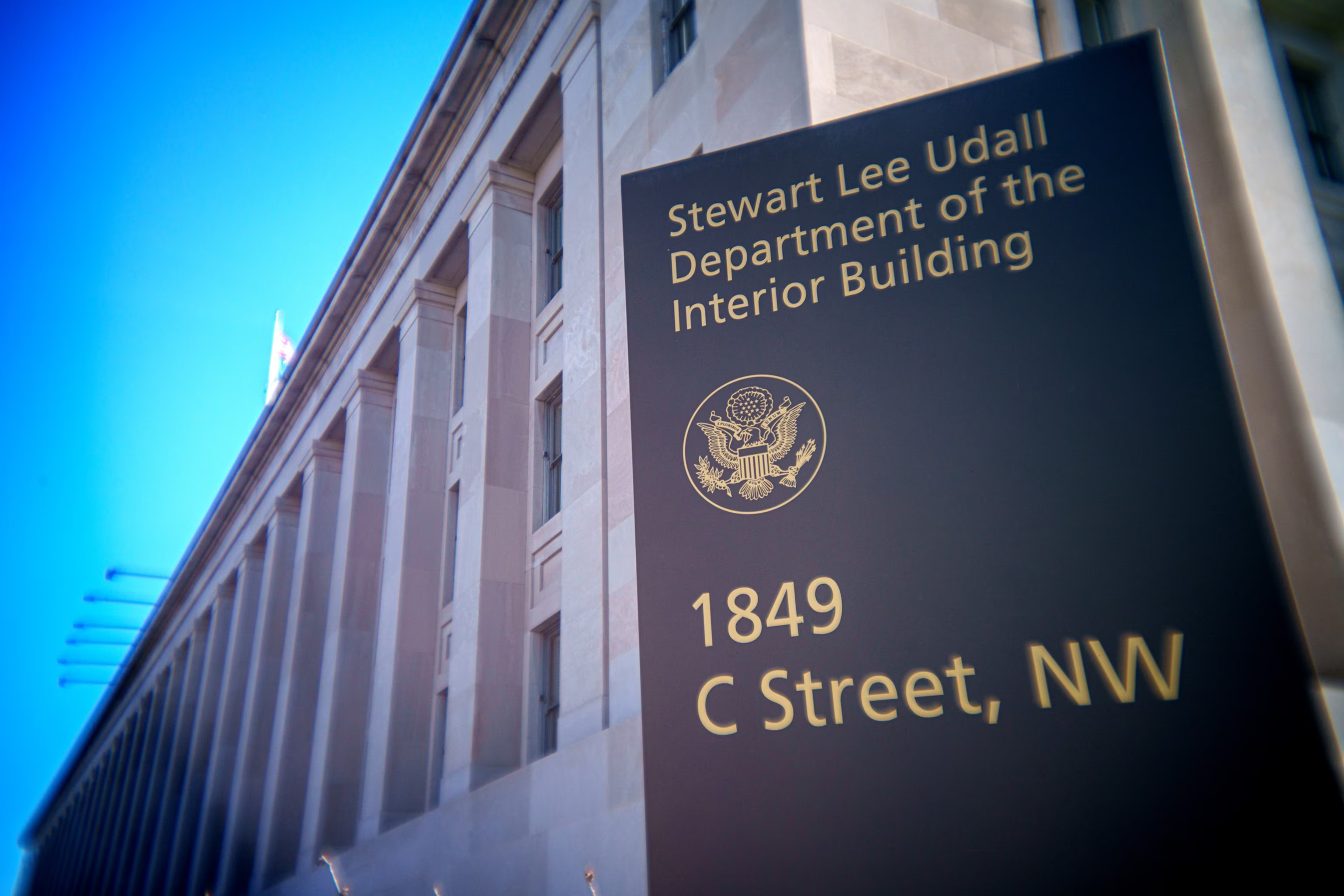Emergency Supreme Court Appeal Filed
The Trump administration has escalated its battle for sweeping federal government restructuring by filing an emergency appeal with the Supreme Court on June 2. The administration seeks to overturn a federal judge’s order that currently blocks the termination of tens of thousands of federal jobs and the closure of numerous government offices and programs.
Think of it as trying to renovate a massive government mansion while the neighbors have called in a court injunction to stop the demolition crew – except this mansion happens to employ millions of people and affects every American’s daily life.
The Justice Department’s emergency filing argues that a San Francisco federal judge’s restraining order is fundamentally flawed, stating it’s based on an “indefensible premise” that requires congressional approval for executive branch staffing decisions.
Federal Judge Blocks Mass Layoffs
U.S. District Judge Susan Illston in San Francisco issued the order halting mass layoffs and reorganizations across 22 federal agencies after determining that unions, nonprofits, and municipalities challenging the restructuring efforts are likely to succeed in their legal challenge. Her reasoning? “After dramatic staff reductions, these agencies will not be able to do what Congress has directed them to do.”
The judge’s decision affects a staggering scope of government operations, from disaster relief programs to public health services, food safety inspections, and contagious disease prevention. The implications ripple through every corner of American society, making this legal battle far more than just a Washington bureaucratic shuffle.
Appeals Court Upholds Restraining Order
The legal drama intensified when a three-judge panel from the San Francisco-based 9th U.S. Circuit Court of Appeals ruled 2-1 against the administration’s request to block Judge Illston’s order on May 30. Judge William Fletcher, writing for the majority and joined by Judge Lucy Koh (both appointed by Democratic presidents), stated that “the executive order at issue here far exceeds the president’s supervisory powers under the Constitution.”
However, the decision wasn’t unanimous. Judge Consuelo Callahan, appointed by Republican President George W. Bush, dissented, arguing that the administration is likely to ultimately prevail in the legal battle and is being harmed by the inability to implement its policies in the meantime.
Musk’s Efficiency Department Role
The restructuring efforts form a central component of Elon Musk’s Department of Government Efficiency initiative, which aims to dramatically shrink federal government size and slash spending. The plan reads like a corporate efficiency manual applied to government: eliminate duplicative roles, remove unnecessary management layers, cut non-critical jobs, automate routine tasks, close regional offices, and reduce reliance on outside contractors.
Musk’s approach brings Silicon Valley-style disruption to Washington D.C., though critics argue that government services aren’t quite the same as manufacturing electric vehicles or launching rockets. The efficiency drive represents one of the most ambitious attempts to restructure federal operations in decades, with potential impacts that could reshape how Americans interact with their government for years to come.
Constitutional Powers at Stake
The legal battle fundamentally centers on the scope of presidential authority over executive branch operations. The administration argues that staffing decisions fall squarely within presidential supervisory powers, while opponents contend that such sweeping changes require congressional authorization. It’s a constitutional chess match where each move has consequences for millions of federal employees and the Americans who depend on government services.
The Supreme Court has requested that challengers respond to Trump’s appeal by June 9, setting up what could be a landmark decision on executive power. The outcome will likely establish precedent for future administrations’ ability to restructure government operations unilaterally, making this case a potential game-changer in the balance of federal powers.
Service Impact Concerns
Critics of the restructuring warn that the proposed cuts would severely impact essential government functions. They argue the changes would “gut disaster relief programs, public health services, food safety inspections, and contagious disease prevention.”
The administration counters that current staffing levels include redundancies and inefficiencies that waste taxpayer money without improving service delivery. This creates a fundamental tension between government efficiency advocates who see bloated bureaucracy and service protection advocates who view staffing levels as necessary for public safety and welfare.
The Supreme Court’s decision will ultimately determine whether this ambitious restructuring can proceed, setting the stage for either the most significant federal downsizing in modern history or a reaffirmation of congressional oversight over executive branch operations. Either way, the outcome will reshape the relationship between American citizens and their government for generations to come.
Contact us today through our website or WhatsApp to discover how we can help you achieve success in the United States. Together, we can turn dreams into reality.
Information source: usatoday.com



